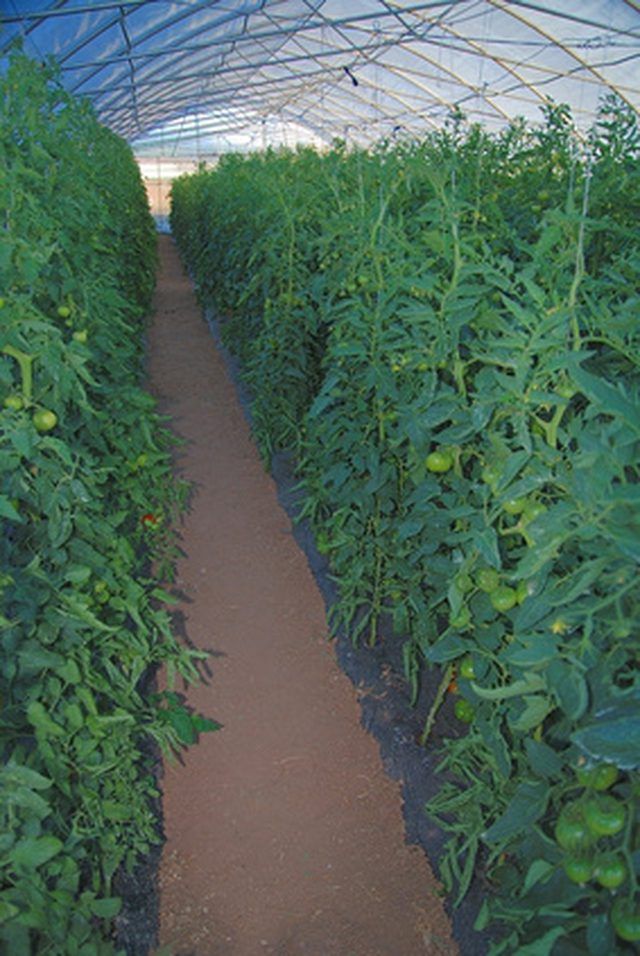Bulbs
Flower Basics
Flower Beds & Specialty Gardens
Flower Garden
Garden Furniture
Garden Gnomes
Garden Seeds
Garden Sheds
Garden Statues
Garden Tools & Supplies
Gardening Basics
Green & Organic
Groundcovers & Vines
Growing Annuals
Growing Basil
Growing Beans
Growing Berries
Growing Blueberries
Growing Cactus
Growing Corn
Growing Cotton
Growing Edibles
Growing Flowers
Growing Garlic
Growing Grapes
Growing Grass
Growing Herbs
Growing Jasmine
Growing Mint
Growing Mushrooms
Orchids
Growing Peanuts
Growing Perennials
Growing Plants
Growing Rosemary
Growing Roses
Growing Strawberries
Growing Sunflowers
Growing Thyme
Growing Tomatoes
Growing Tulips
Growing Vegetables
Herb Basics
Herb Garden
Indoor Growing
Landscaping Basics
Landscaping Patios
Landscaping Plants
Landscaping Shrubs
Landscaping Trees
Landscaping Walks & Pathways
Lawn Basics
Lawn Maintenance
Lawn Mowers
Lawn Ornaments
Lawn Planting
Lawn Tools
Outdoor Growing
Overall Landscape Planning
Pests, Weeds & Problems
Plant Basics
Rock Garden
Rose Garden
Shrubs
Soil
Specialty Gardens
Trees
Vegetable Garden
Yard Maintenance
How to Heat a Greenhouse During the Winter With Water
How to Heat a Greenhouse During the Winter With Water. You can heat your greenhouse at night without using electricity. Lining one wall with blackened, water-filled jugs or barrels will keep your greenhouse nice and cozy during those long, cold winter nights. During the day, the water in the blackened jugs or barrels will absorb heat from the sun...

You can heat your greenhouse at night without using electricity. Lining one wall with blackened, water-filled jugs or barrels will keep your greenhouse nice and cozy during those long, cold winter nights. During the day, the water in the blackened jugs or barrels will absorb heat from the sun and trap it inside. After the sun goes down, the heat held in the water in the blackened jugs will be released into the greenhouse, protecting your plants from the harsh winter air. Plastic jugs tend to degrade over time; glass containers last longer but, of course, are breakable.
Things You'll Need
Plastic jugs or barrels
Water
Dish or laundry detergent
Black spray paint or black fabric dye
Water hose
Determine which wall of your greenhouse receives the most sun, and collect enough plastic jugs or water barrels to completely cover the entire wall. Use smaller containers---such as glass bottles and milk jugs---if your location is typically cloudy. The smaller containers have a higher ratio of surface area to volume, which allows them to absorb heat rapidly when the sun does not shine. If your greenhouse is located in a warm climate---such as that found in the southern United States---you will need 2 or more gallons of water per square foot of glass. For colder climates, you must have at least 5 gallons of water per square foot.
Clean the jugs or barrels thoroughly with hot, soapy water and rinse well with clean water.
Arrange the greenhouse shelving along the greenhouse wall so that it can accommodate the jugs or barrels. If the jugs or barrels are too big or numerous to fit on the shelving, remove it so that you can place the containers directly on the floor.
If the jugs or barrels are clear, paint them with black spray paint. Alternatively, you can add a few drops of black fabric dye to the water instead. If you are lucky enough to find black containers, so much the better.
Stack the jugs or barrels along the wall of the greenhouse, using shelving where possible and covering the entire wall. You will essentially be building a wall of the blackened, water-filled jugs or barrels.
Fill the jugs or barrels with water. This can be accomplished with a water hose.
Secure the lids or caps onto the jugs.
Check the water levels of the jugs or barrels. Over time the water will begin to evaporate, and you will need to refill the barrels.